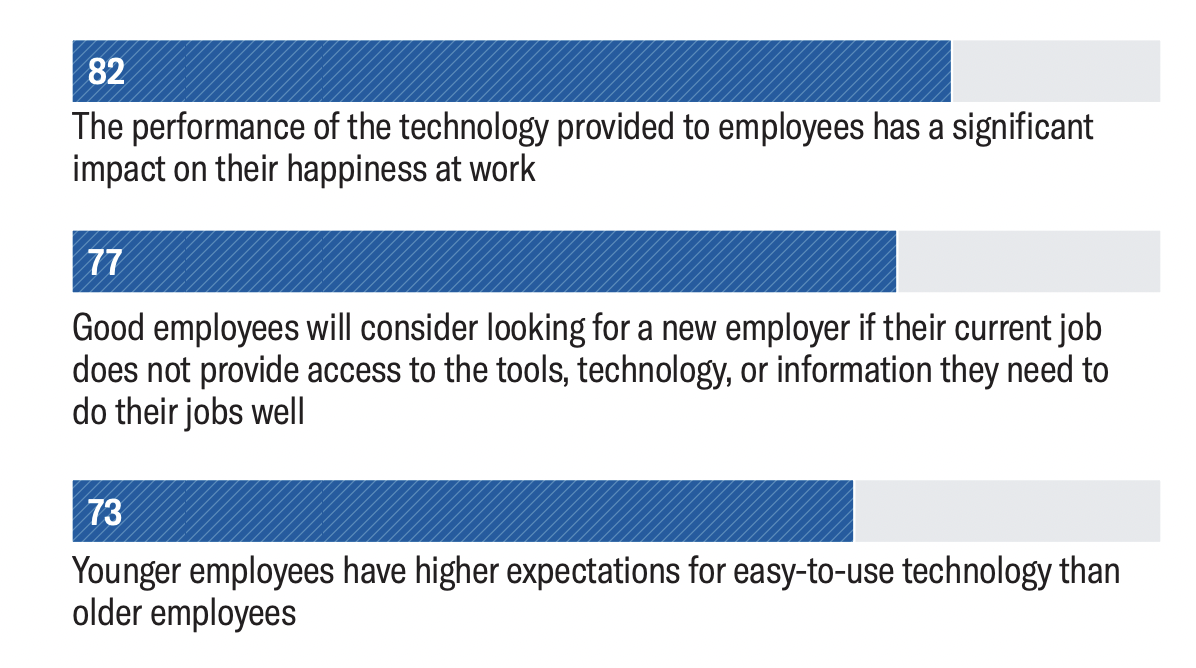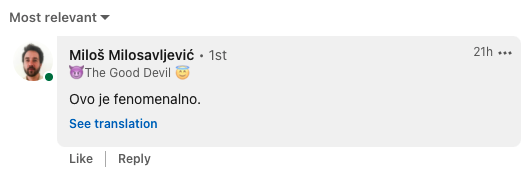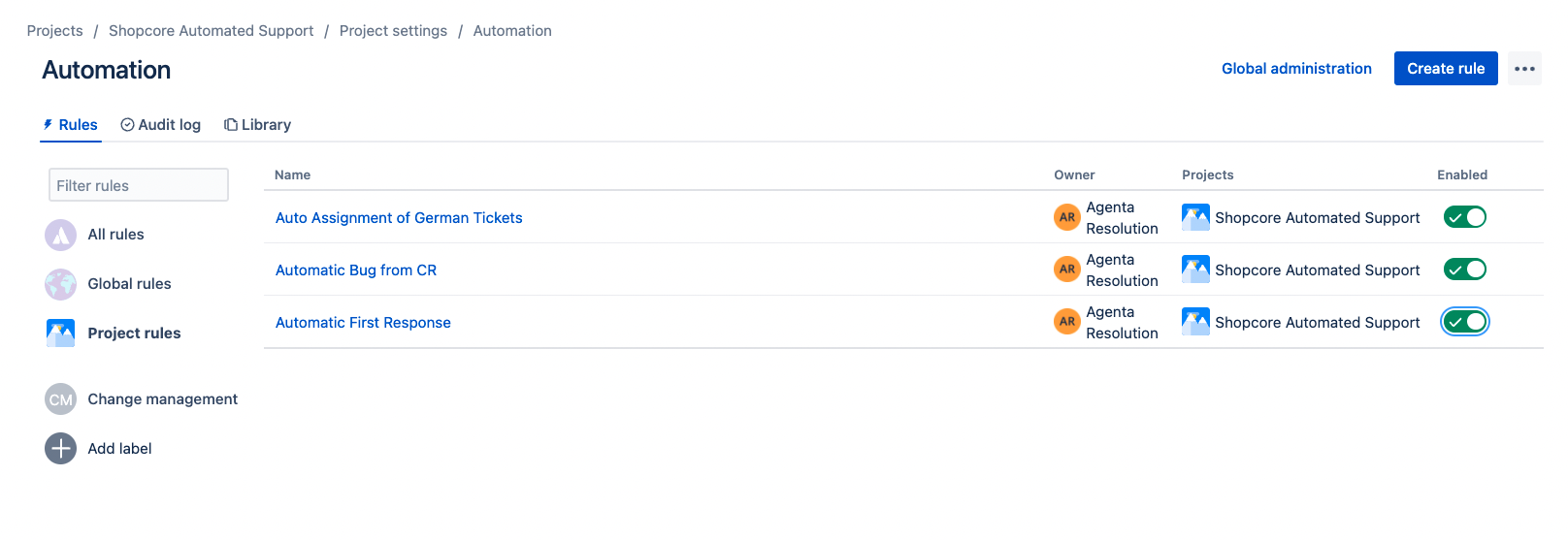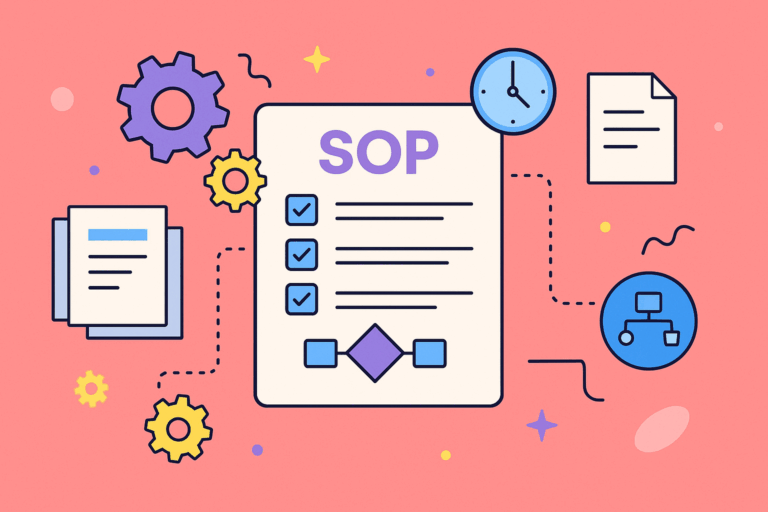Live chats and chatbots are a powerful trend in ITSM. However, many companies leave everything to automation and fail. In this article we’ll look at how you can build a hybrid multilingual chat in Jira Service Management that exceeds the expectations of both customers and agents. To do it, we’ll combine three apps from the marketplace that work seamlessly together.
Does your Jira Service Management make your customers happy?
Are you being friendly to your customers?
Be honest.
Don’t rush the answer. Look at your tools and channels. Look at what agents do when they take support cases. Look at what customers have to do to get in touch with you.
Take a long, hard look at your Jira Service Management. Does it do what your customers want?
Processes, Service Design, wireframing, workflows, tools and KPIs… it’s all secondary. The only thing that matters is to truly put yourself in your customer’s shoes and be able to say “yes, this is truly a rewarding experience”
Irina Dorosh, UX/UI Designer at resolution
The bar is raising higher and higher every year. A customer portal is no longer enough. Having a centralized platform for handling every customer request is no longer enough.
Obsessing about customer experience is no longer enough. You must obsess about employee experience just as much: 77% of organizations say good employees will look for a new employer if their current job does not provide the tools, technology, or information they need to do their job well, according to this 2020 report published by the Harvard Business Review.

Remember: customers and agents are real people like you and me. It’s not that hard to understand what they like. What they hate. What makes them anxious.
Just look around and realize that things keep changing and you need to adapt.
The Golden Standard of Employee Experience in ITSM
1- Omnichannel

Customers are used to complaining with a tweet, searching for a confirmation email, and talking to an agent when they need something urgent.
- The false meaning of omnichannel: we need to adopt every channel!
- The true meaning of omnichannel: customers can choose how to interact with you. And you have a system to connect every touchpoint.
So what do your customers want?
They want to have a quick conversation with an expert. They want it in real time. And they don’t want to make a phone call. They want to text with you.
And what do agents want?
They want to text with customers, and they want a central location where they can see every chat.
What’s the right app for this trend?
The best app for chatting with customers is Chat for Jira Service Management

2- Multilingual
Think of TripAdvisor, AirBnB, LinkedIn, Twitter. When a major platform is based on user generated content, that content can often be translated automatically with the click of a button. It’s the only way to make sure people understand each other.


Let’s loop back to Jira Service Management.
What do customers want?
A fast interaction to get help. They don’t care about your shifts, or how many bilingual agents are working for their language combination at 10:30 am on a Tuesday in Bekasi. They want help and they’d rather have it in their own language.
And what do agents want?
To understand your customers. No matter what language they speak. No matter where they’re based. Customers and their problems should be the only concern.
Real-time machine translations of customer-agent conversations facilitate real-time conversations across languages.
What’s the right app for this trend? Try out Issue Translation for Jira Service Management – Translate Customer Requests

3- Routine Automation

What do agents want? They want to spend as little time as possible running chores on Jira Service Management. They want to avoid any non-essential actions like transitioning issues or typing additional info.
What’s the right app for this trend? Besides Automation for Jira, an app like Canned Responses Pro Templates can be really beneficial. With canned responses, common scenarios can be covered with a few clicks instead of requiring the agent to type a full response.

All together now: a multilingual live chat
Now, let’s have a look at what it looks like to implement this standard on Jira Service Management. Remember that there are 4 ingredients:

- With Chat for Jira Service Management, we get a chat interface for both customers and agents.
- With Canned Responses, we get templates for the most common scenarios that give agents more focus for the harder problems
- With Issue Translation for Jira Service Management, agents can write their manual and canned responses in their own language knowing that all their customers will understand them.
- Automation for Jira can interact with the different apps for additional productivity hacks, like auto-assignments or automatic issue creation
Examples of multilingual live chat
Example with a native agent

Let’s imagine that we’re Haruto, a Japanese 32 year-old woman who’s getting a great sound set for watching her favorite shows and movies in her living room in the district of Koenji, in Tokyo.
Unfortunately, after trying out her new equipment, she finds out it’s not quite what she expected. This is what happens:
- Haruto looks up the e-commerce on her phone and opens a chat with the question: How can I return my new home stereo? At that point, two different automations kick in:
- Her question in Japanese is automatically assigned to the group of agents that speak Japanese
- An automated first response is sent to Haruto to confirm that someone will take up the chat soon
- After a couple of minutes, Miruki jumps on the chat and greets Haruto.
- He then selects a canned response with instructions on how to return a purchase
Only Haruto’s initial question is entirely manual. The rest of the process is either automated or semi-automated.
In particular, Miruki only has to do three things:
- read the message
- say hello to add a human touch
- and select a response.
Example without a native agent

If the company doesn’t have Japanese-speaking agents, the process is even more automated:
- There are no assignments
- Any agent can help Haruto by reading the automatic translation into English.
- Haruto will understand any agent by reading the Japanese translations
Customers receive help three times as fast when automated translations replace native agents.
Setting up a multilingual live chat in Jira Service Management
Magic Trick 101: Multilingual chat
Here’s the basic flow: a customer writes a message in Japanese and has a multilingual conversation with an agent who’s reading and writing in English.
The TFR annihilator: Automating a first response
And here’s how you can automate the first response in every language
The Killer Combo: Multilingual chat templates
A third type of multilingual response includes a template, speeding up the response time even farther. In the video you can see how canned responses can be triggered from the Chat Dashboard!
The Bonus Trick: Triggering rules with canned responses
Sending a canned response can trigger additional automations. For example, in this video we see how it’s possible to automatically transition the issue to a different status.
How to convince your boss that you need a multilingual live chat
In most companies, new apps can only be purchased if there is a strong need and formal approval. If that’s your case and you need to convince admins and directors, here’s a full list of the benefits of this setup:





